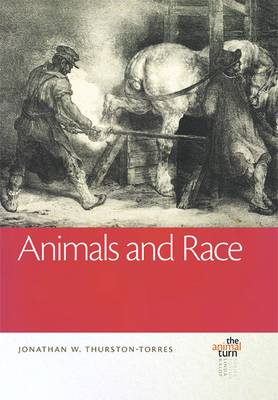
- Afhalen na 1 uur in een winkel met voorraad
- Gratis thuislevering in België vanaf € 30
- Ruim aanbod met 7 miljoen producten
- Afhalen na 1 uur in een winkel met voorraad
- Gratis thuislevering in België vanaf € 30
- Ruim aanbod met 7 miljoen producten
Zoeken
Omschrijving
The intersection of race and species has a long and problematic history. Western thinking specifically has demonstrated a societal need to try to conceive of race as a purely biological fact rather than a social construct. This book is an academic-activist challenge to that instinct, prioritizing anti-racism in its observation of the animal-race intersection. Too often, as Bénédicte Boisseron has indicated, this intersection typically appears in the form of animal activists instrumentalizing racial discrimination as a vehicle to approach animal rights. But why does this intersection exist, and, perhaps more importantly, how can we challenge it moving forward? This volume examines those two critical questions, taking an interdisciplinary approach in moving across subjects including art history, film studies, American history, and digital media analysis. Our interpretation of animals has, for centuries, been fundamental in the development of Western race thinking. This collection of essays looks at how this perspective contributes to the construction of racial discrimination, prioritizing ways to read the animal in our culture as a means for working to dismantle this conception.
Specificaties
Betrokkenen
- Uitgeverij:
Inhoud
- Aantal bladzijden:
- 214
- Taal:
- Engels
- Reeks:
Eigenschappen
- Productcode (EAN):
- 9781611864458
- Verschijningsdatum:
- 1/02/2023
- Uitvoering:
- Paperback
- Formaat:
- Trade paperback (VS)
- Afmetingen:
- 176 mm x 252 mm
- Gewicht:
- 639 g

Alleen bij Standaard Boekhandel
+ 135 punten op je klantenkaart van Standaard Boekhandel
Beoordelingen
We publiceren alleen reviews die voldoen aan de voorwaarden voor reviews. Bekijk onze voorwaarden voor reviews.










